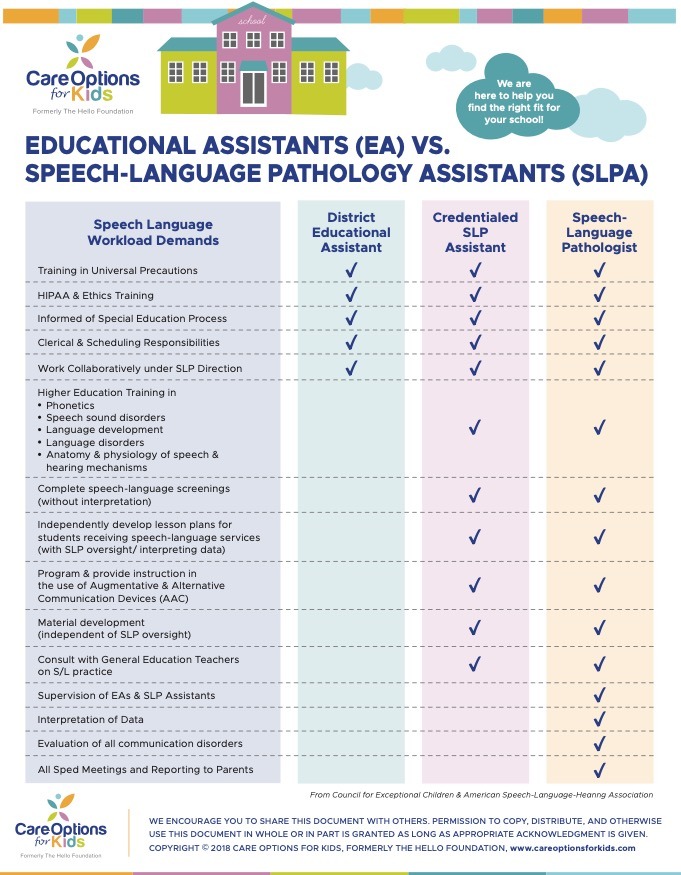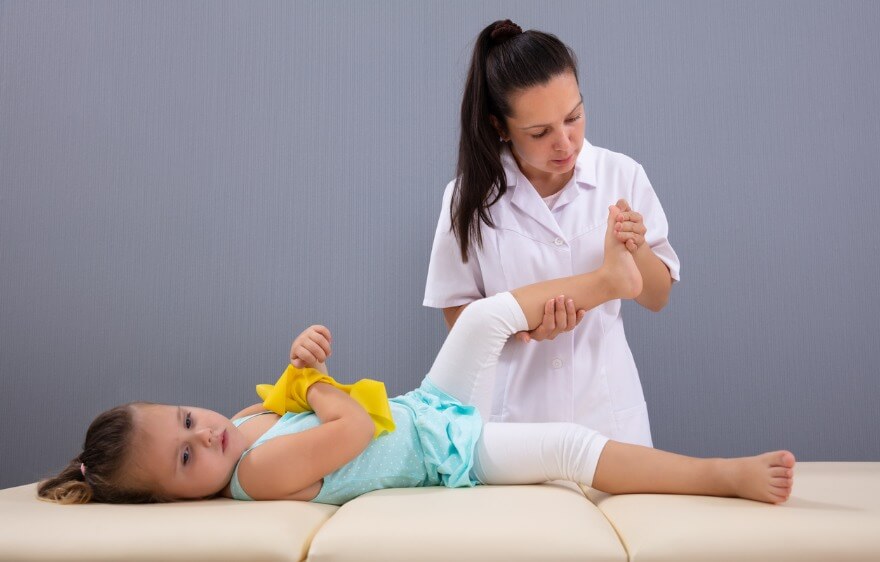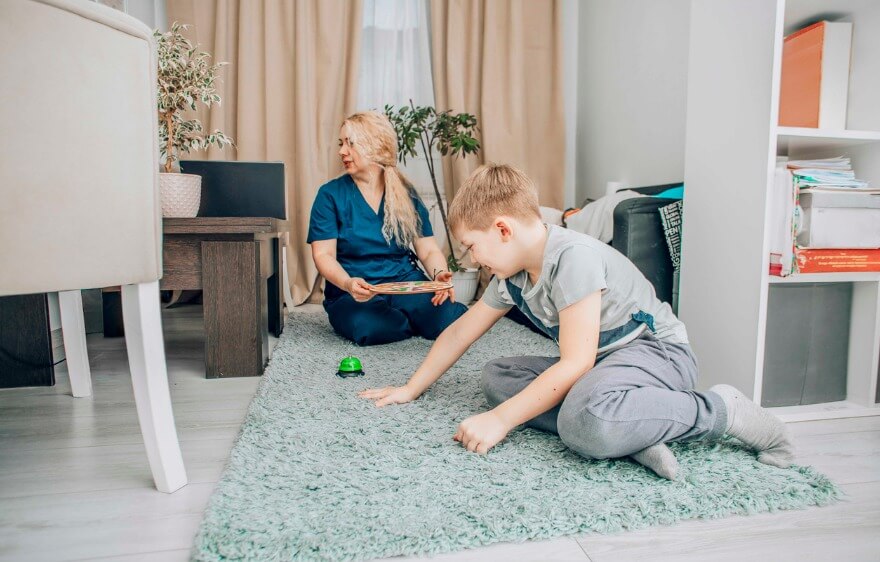It takes a village, as the saying goes, and while that proverb did not originate in the halls of a school building, there are few places where it rings more true. There will be countless professionals who support a child as they make their way towards a diploma, and this is especially true for students in special education. Program needs, budgets, and the availability of qualified personnel all influence who a student interacts with, and the waters of who-does-what can get very muddy very quickly.
In some specialty areas like speech-language pathology, there is a shortage of licensed professionals that frequently compounds the need for distributing the workload across various folks with different levels of experience and credentialing. When done well, a strategic allocation of responsibilities can ensure that compliance demands are met, speech-language pathologists work at the top of their licenses, and a team of collaborative professionals serves students. Communication and clear differentiation of workload are at the core of such an arrangement, but that can be tough if you’re starting from scratch! That’s why we created this downloadable resource that outlines 15 of the most common responsibilities of a school speech-language pathology team and delineates who can perform each one — the SLP, the SLPA, or the EA.
We’ve found this sheet extremely helpful for guiding discussions with both newly formed and existing speech teams. We also know that it’s sometimes hard for school staff to understand the roles and responsibilities of SLPs vs. SLPAs vs. EAs, so this has been a great resource to share with teachers, principals, and other staff. We’ve even shared it with parents at IEP meetings! However you use it, we hope that it helps everyone get on the same page and clears the way for excellent service to kids and their families.






